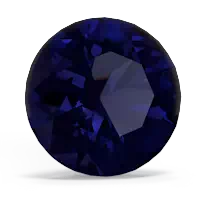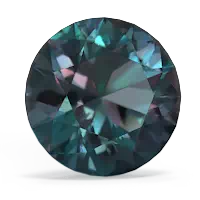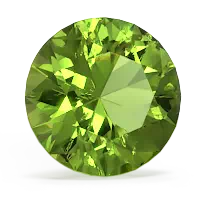


Sapphire has always been associated with the sacred and divine. A sapphire pendant is said to bring serenity and purity to the wearer. Although a relatively new gem, alexandrite is said to bring pleasure and love. Wear a created alexandrite pendant to attract the man of your dreams. Legends say that wearing a peridot pendant can bring happiness and contentment. Set in gold and surrounded with diamonds, the power of a peridot is said to intensify.